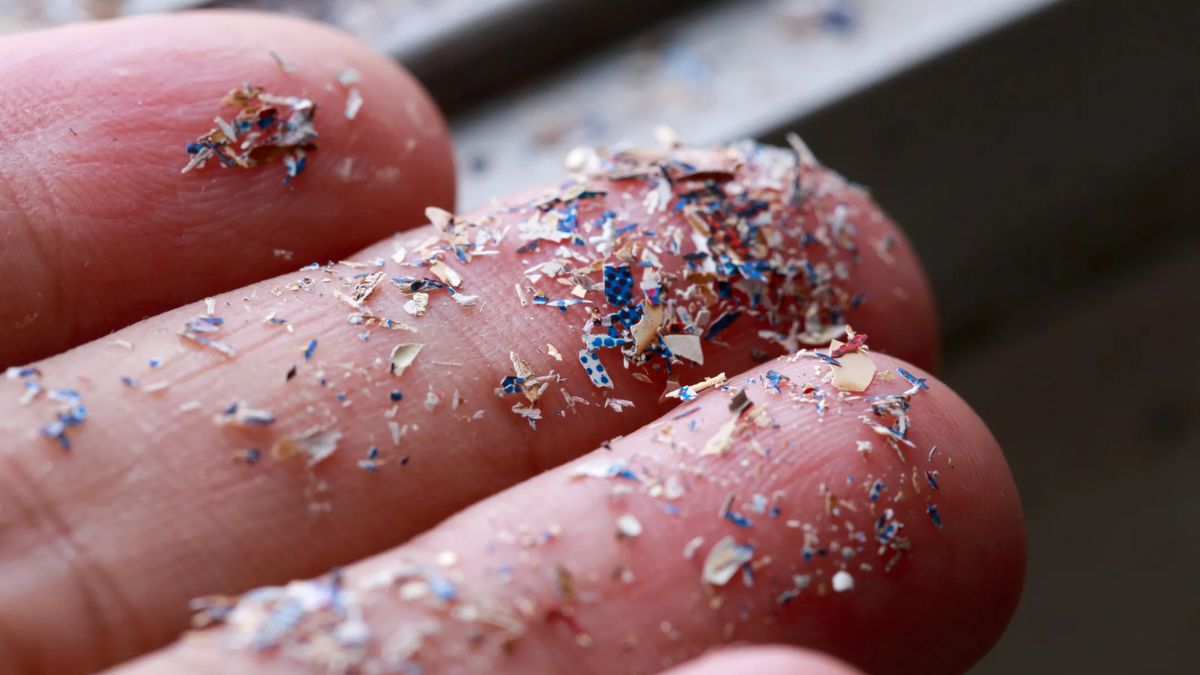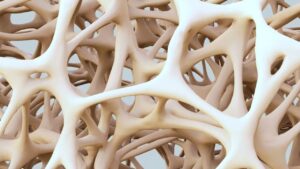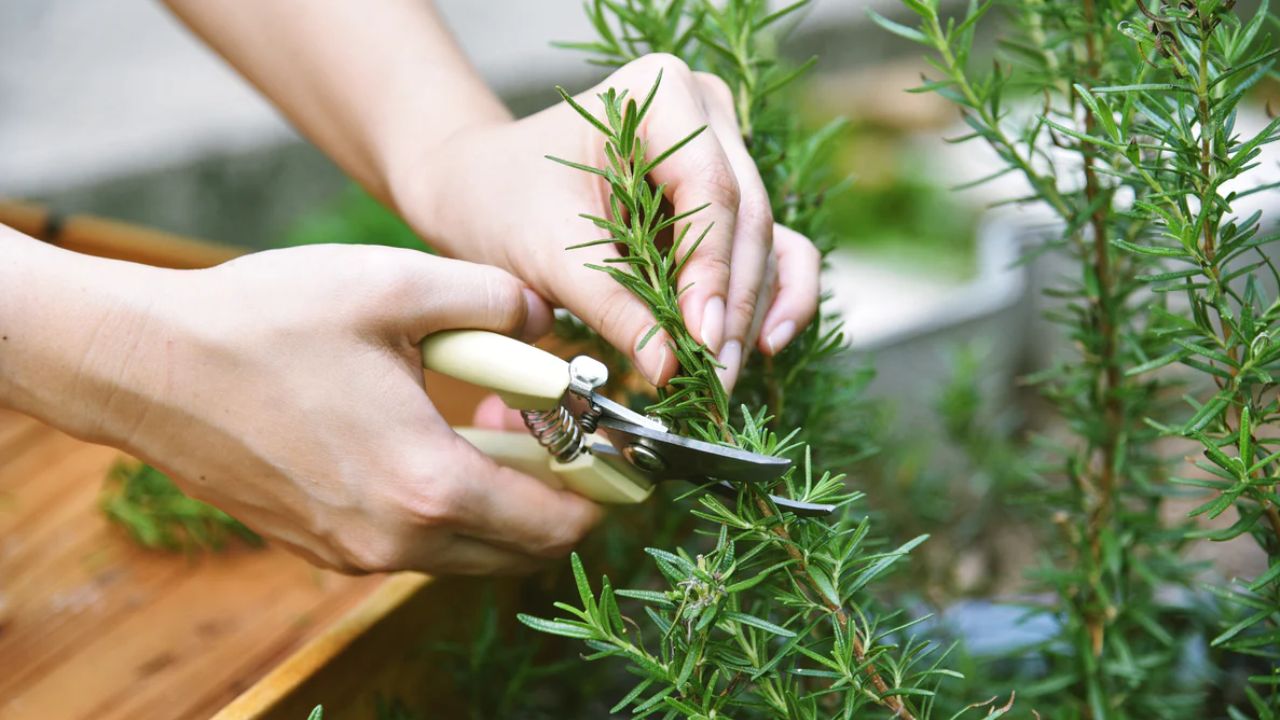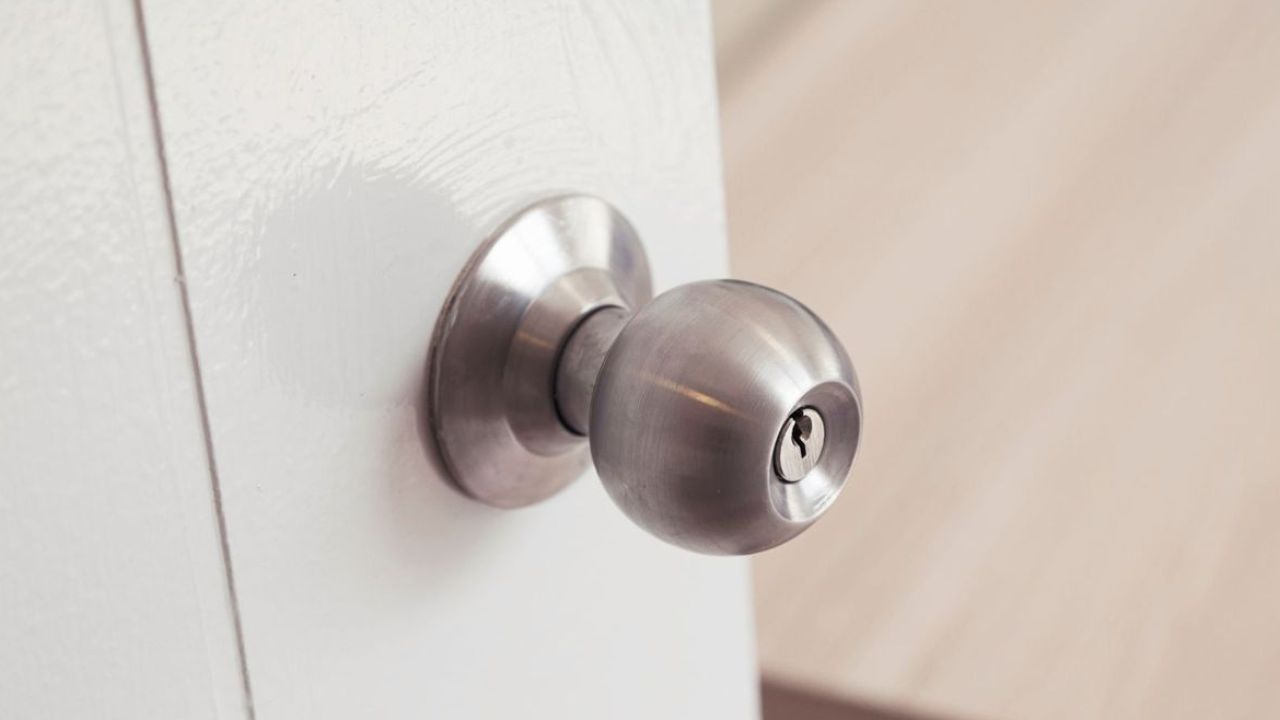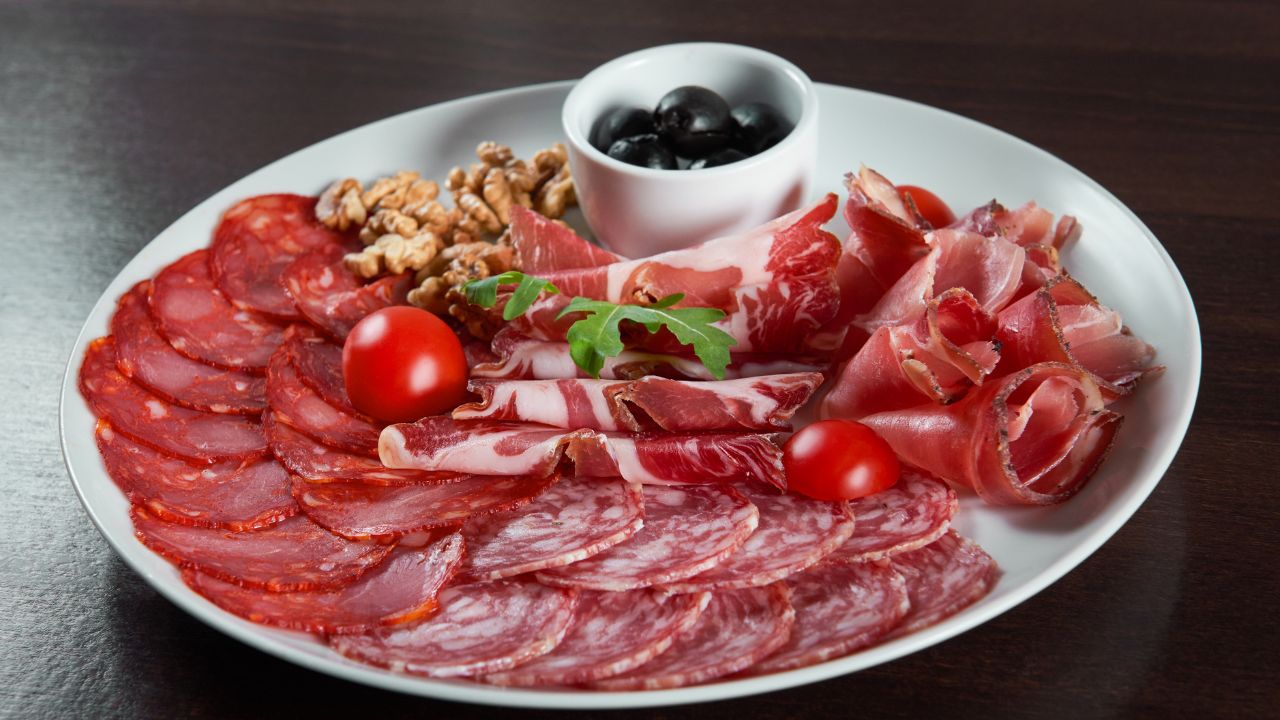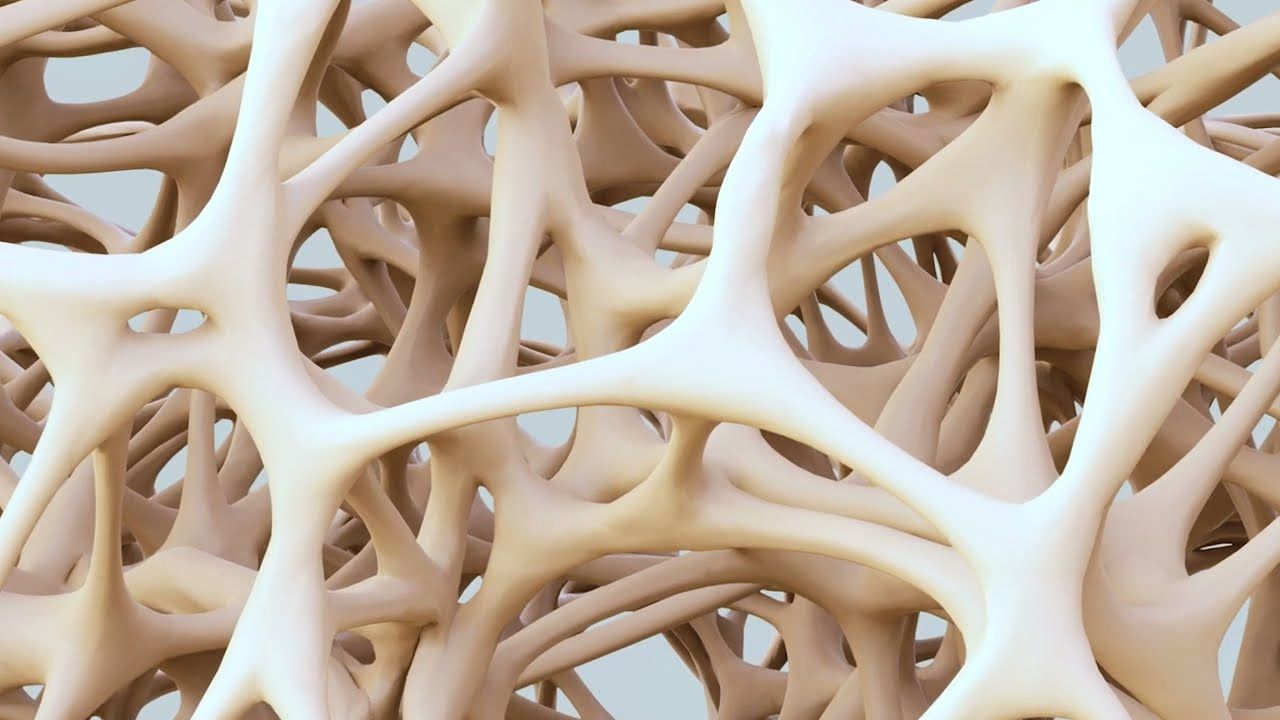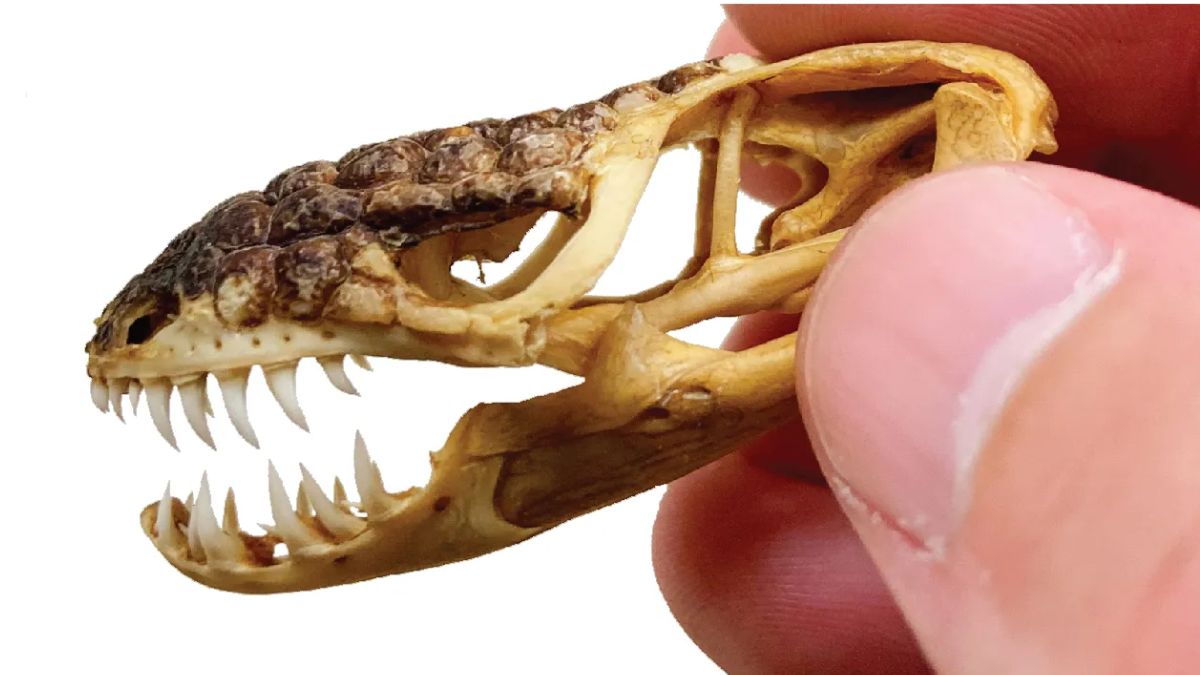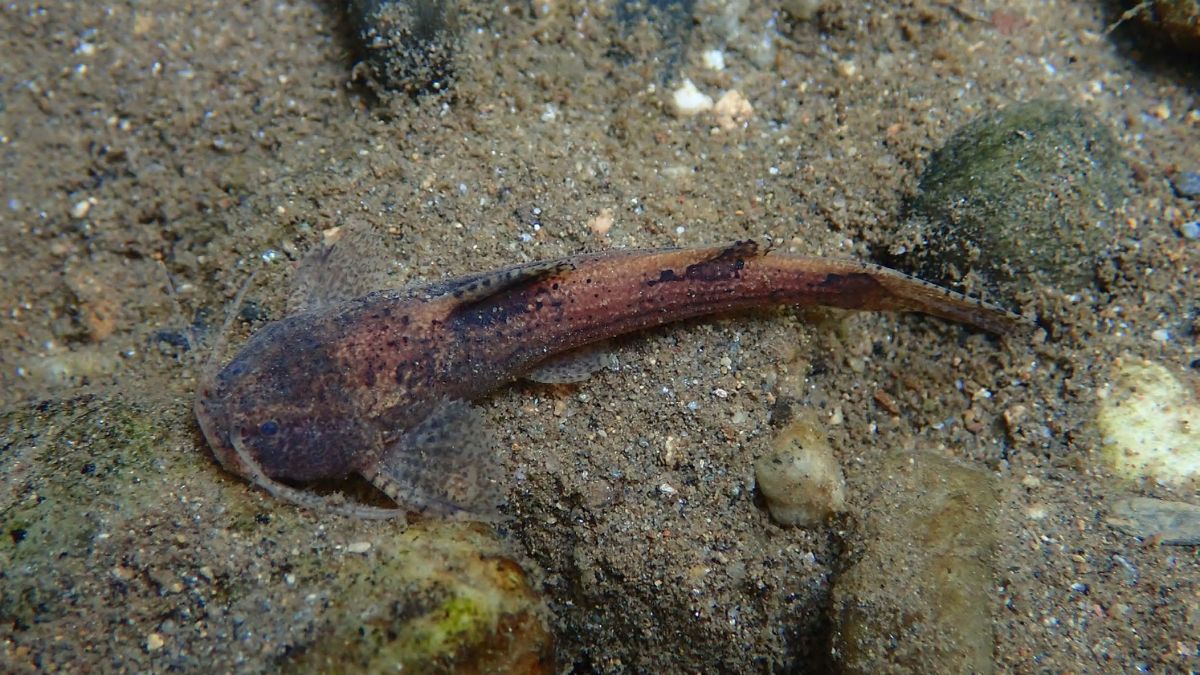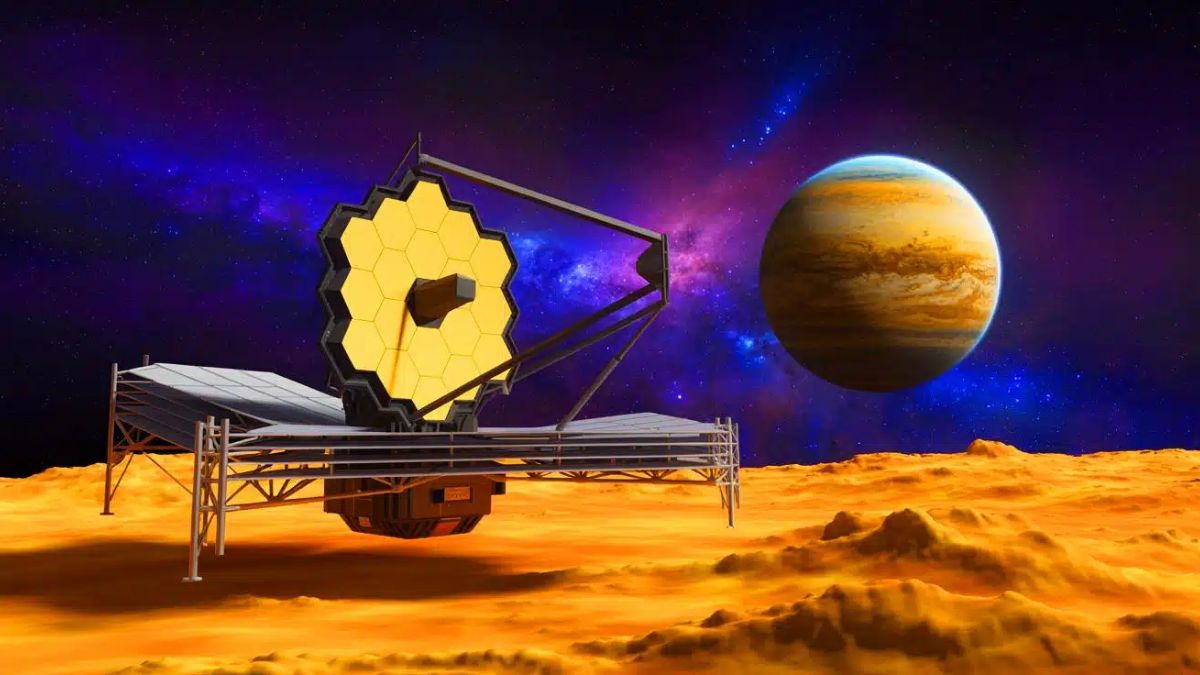It sounds like science fiction, but it’s real—microplastics are in our food, our water, the air we breathe, and even inside our bodies. Yes, those tiny plastic particles that come from bottles, packaging, and synthetic clothes are now part of our daily lives. But the big question is: what are they doing to our health?
A new study from Taiwan sheds some light—and it’s not exactly comforting. Let’s break down what this study discovered and why it matters more than ever that we understand the impact of microplastics on our bodies.
Microplastics
Microplastics are tiny bits of plastic, usually less than 5mm in size. And then there’s something even smaller—nanoplastics, which are microscopic fragments that can easily pass through biological barriers. These plastics are now being found in the human digestive system, and that’s got scientists concerned.
Read Also- Rare visitor seen in Texas again for the first time since 1961
A study out of Taiwan is showing how these tiny plastics may be messing with our gut—changing bacteria levels, weakening intestinal walls, and potentially increasing the risk of disease. Let’s take a closer look.
TheStudy
Researchers at National Cheng Kung University in Taiwan conducted an experiment using mice. They fed the animals polystyrene nanoplastics over a period of 12 weeks. Afterward, they examined the mice’s intestines to look for changes—and what they found was pretty alarming.
Changes
Here are the key changes the scientists observed in the mice:
- Gene activity and protein production were affected. The plastics seemed to alter how the body was working at the molecular level.
- The population of Lactobacillus—a type of “good” bacteria essential for digestion—was reduced.
- On the flip side, Ruminococcaceae, a potentially harmful bacteria, increased.
- A bacteria named Lachnospiraceae actually absorbed some of the nanoplastics and started behaving differently.
- The production of protective proteins in the gut lining dropped, meaning the intestinal barrier became weaker, allowing more harmful substances to enter the bloodstream.
That’s a lot of damage for something you can’t even see with the naked eye.
Microbes
Our intestines aren’t just full of bacteria; they’re full of communication too. Cells and microbes “talk” to each other using tiny bubbles called vesicles, which carry microRNAs—tiny signals that help control how bacteria behave.
But guess what? The study found that nanoplastics disrupted this communication system. When the vesicles stopped working correctly, the bacteria in the gut changed—another hit to the body’s ability to stay balanced and healthy.
Danger
So what does this mean for humans?
Well, mice aren’t humans, but their biological systems are similar enough that the results matter. That said, the amount of nanoplastics the mice were exposed to in the study was much higher than what the average person is likely to consume.
Still, it raises some red flags. If these effects happen in mice, could smaller effects be happening in us, slowly, over time?
Aftermath
This study opens the door to many new questions—and a few serious concerns. Scientists now believe we need to focus on three major things moving forward:
- Figure out how much plastic we’re actually consuming day by day.
- Develop better tools to detect nanoplastics in the human body.
- Start running more human-based studies to know what’s really going on inside us.
We’re only beginning to know how deeply microplastics are embedded in our lives and bodies. They might be invisible, but their effects could be anything but.
Observed Effects of Nanoplastics in Mice
| Effect Area | What Changed |
|---|---|
| Good bacteria (Lactobacillus) | Decreased significantly |
| Harmful bacteria (Ruminococcaceae) | Increased |
| Intestinal barrier | Became weaker, more permeable |
| Gene/protein activity | Altered |
| Cell-bacteria communication | Disrupted due to vesicle malfunction |
Our world runs on plastic—but maybe it’s time we pause and ask what it’s doing to us in return. While we can’t avoid it completely just yet, knowing microplastics is the first step toward protecting our future health.
FAQs
What are nanoplastics?
Tiny plastic particles smaller than microplastics, often invisible.
How do nanoplastics affect intestines?
They alter gut bacteria and weaken the intestinal barrier.
Was the study done on humans?
No, it was done on mice but shows possible human risks.
Can nanoplastics change gut bacteria?
Yes, they reduced good bacteria and increased harmful types.
Can the public avoid nanoplastics?
Not completely, but reducing plastic use helps limit exposure.

